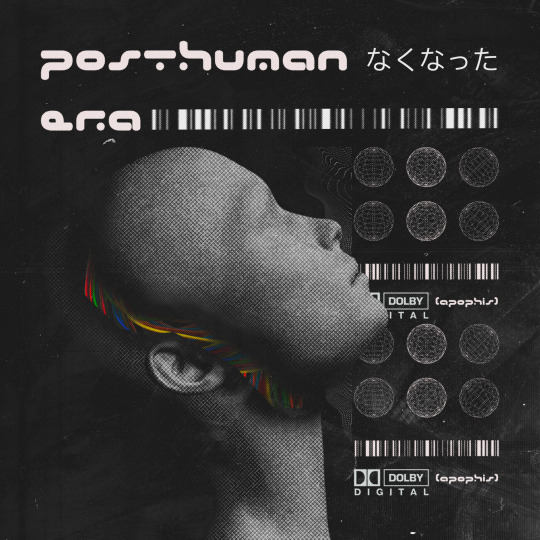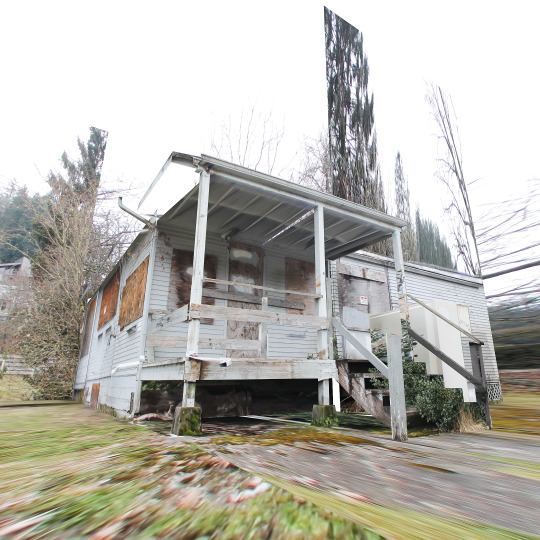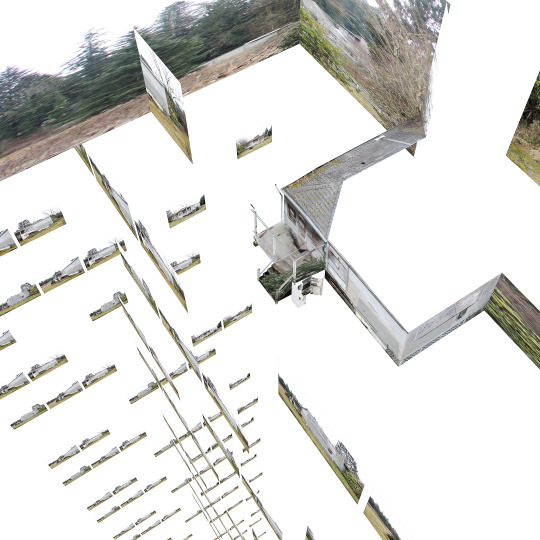Virtual Photographer, Heavily Varied Digital Artist, Really Big Fan of Shapes, Your Favourite Weirdo (she/it) 🏳️⚧️
Last active 4 hours ago
Don't wanna be here? Send us removal request.
Text
"But NORMAL People's Bodies Didn't Look Like That!" ...right?
Some of you may have seen my post about Baroque artists and their realistic depictions of human bodies as having skin and fat.
I've had a lot of negative and frankly fatphobic comments on that post, calling the people in the paintings "fat" and "obese," mostly along the lines of this:
"It's because the artists are depicting rich people, who were fat and lazy. Normal people didn't look like that!"
The idea, of course, is that these artists wouldn't have ever drawn bodies that looked like those in the Baroque paintings, if they weren't painting super-rich people that stuffed themselves with food all day.
Supposedly. We'll see how well that holds up.
Today I was in the library looking at a collection of drawings by Albrecht Dürer, and learned that in the early 1500's, Dürer tried to put together essentially a "how-to-draw" book, showing how to draw people. His work was controversial, because of his technique of "constructing" figures using rules about proportions. (A quick and easy method of inventing realistically proportioned bodies out of thin air? Cheating!!)
However, in his "constructed" drawings, Dürer had to figure out how to handle the range of variety in bodies, and ended up breaking down how to create a variety of body types in correct proportions.
I'm showing the women, to contrast with the post on Baroque paintings. Here are some of his drawings that I thought y'all should take a look at.
These are a couple of his more "average" women—the one on the left is from his drawing book, and the one on the right is one of his drawings.
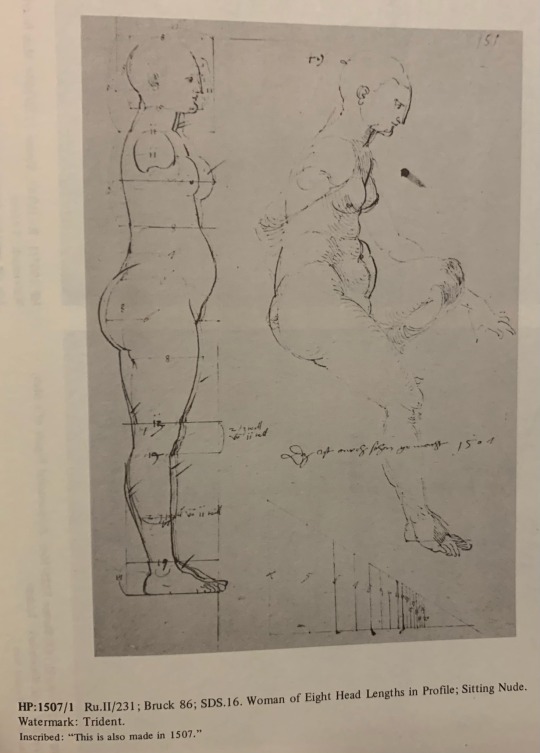
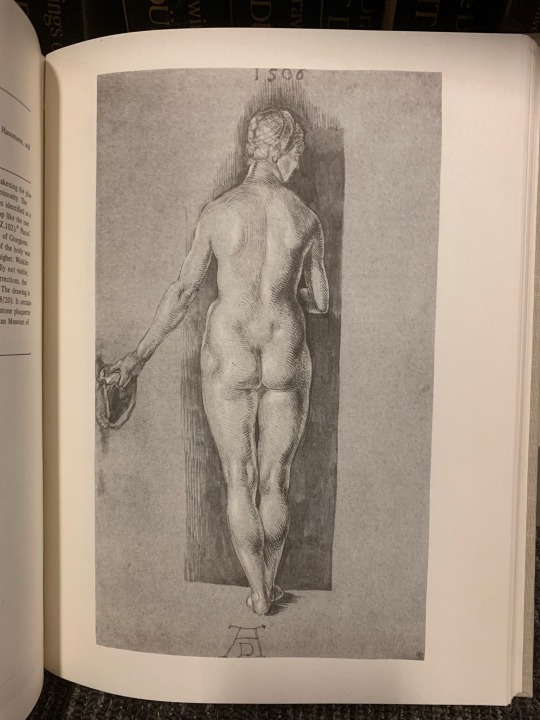
Here's a "strong woman" and "A very strong, stout woman"
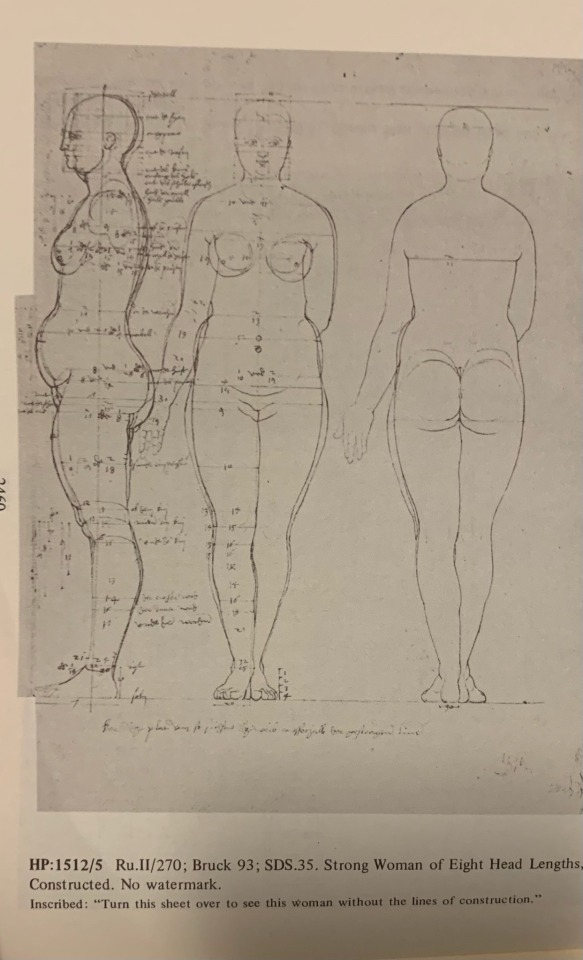
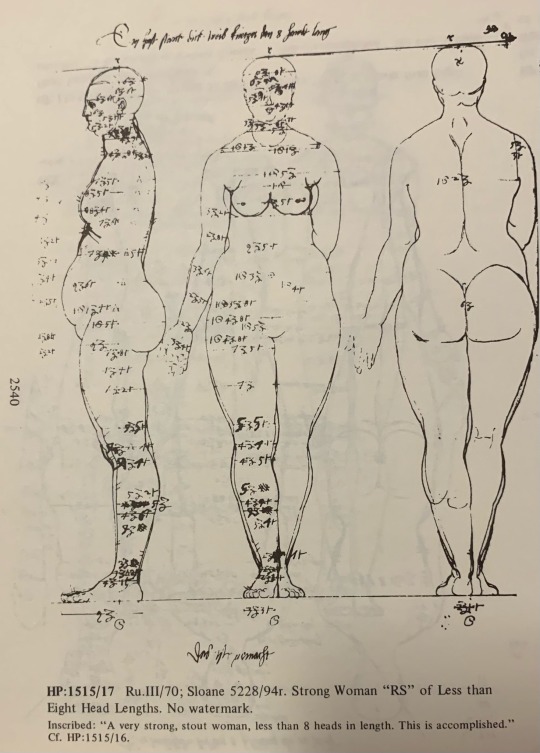
This is what he refers to as a "stout woman."
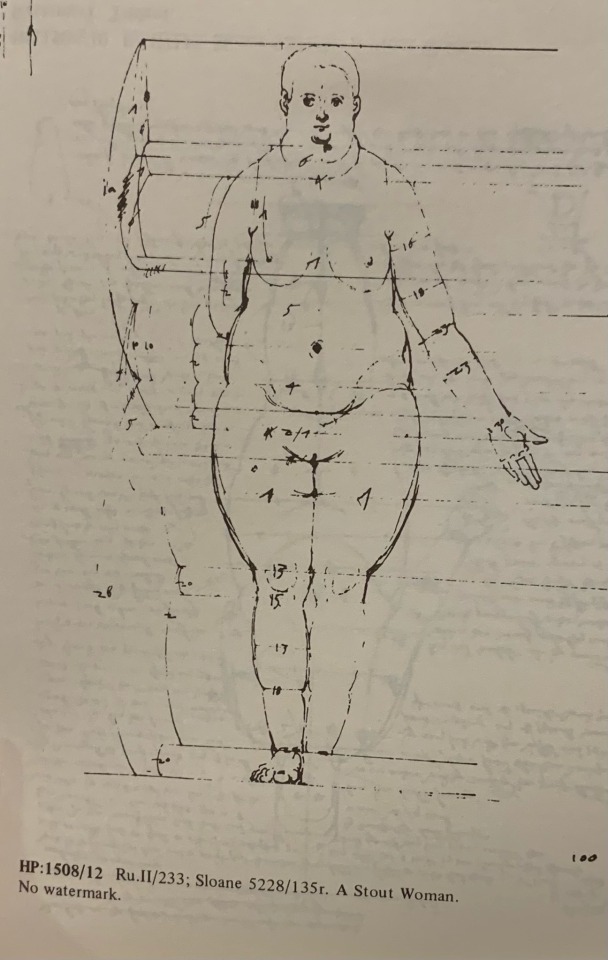
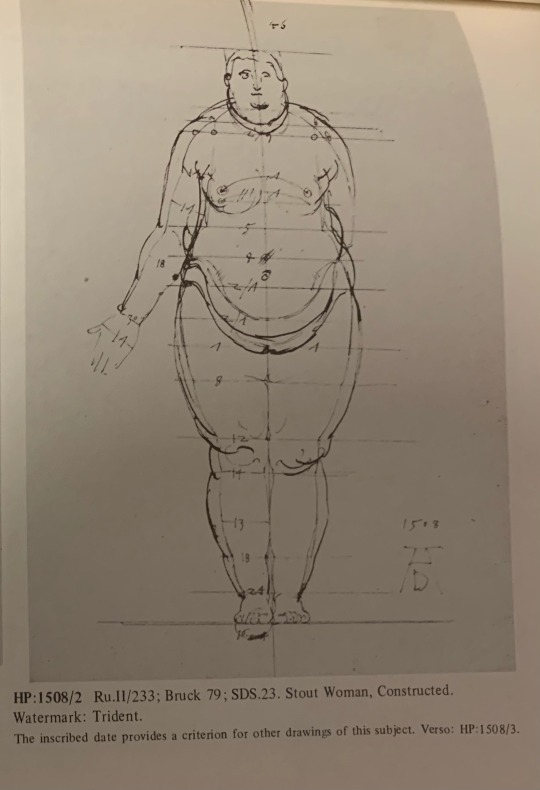
Here's where it gets interesting: this is what Albrecht Dürer refers to as a "peasant-type" woman

^That. That's what a "peasant" body type looks like.
He labeled this one "A peasant woman of 7 head lengths"
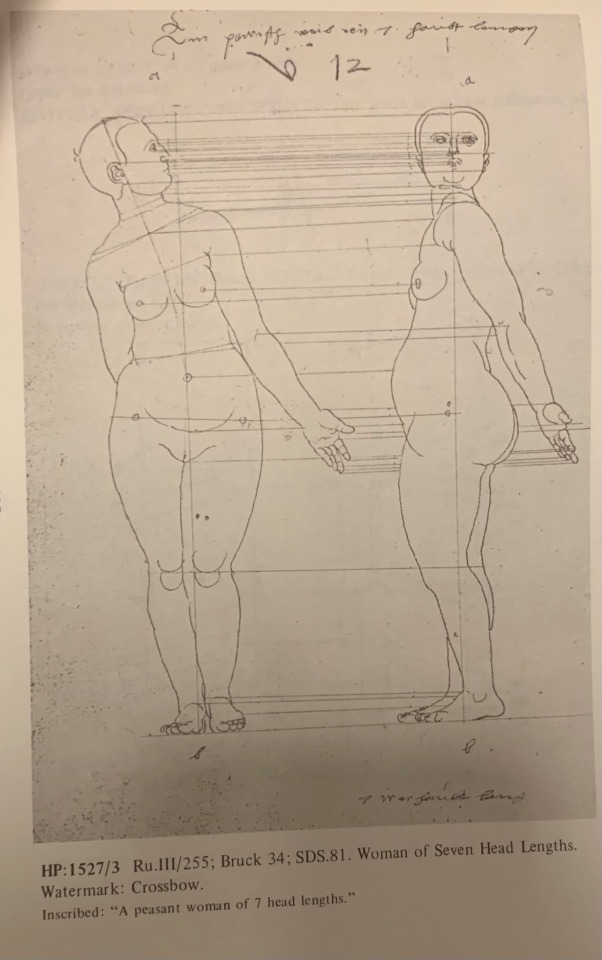
in case you missed it: this figure drawing by a guy in the 1500's is literally labeled as being of a peasant woman! this is what a "peasant woman" body type looks like!
He did draw similar amounts of thinner figures, but they're not particularly emphasized over the "Strong" and "Stout" figures. Nor is there exactly a "default" figure. He's just...going over the range of variations that there are?
Here's another "stout woman," covered in notes on how to draw the proportions:
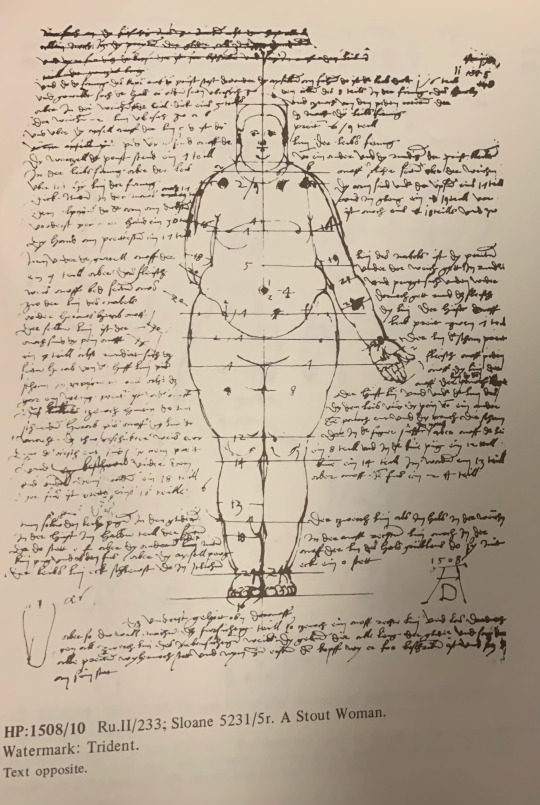

now that's too technical for me to make any sense of but
this was in the 16th century!! This body type was apparently not incredibly rare in the 16th century. This body type was important enough for you to be able to draw, as an artist, in the 16th century to be handled in detail in a 16th century artist's drawing advice
In conclusion: yes this is just what people look like, yes it's important to know how to draw fat bodies, even this dude from the early 1500's is telling you so, Die Mad About It
all of this is from "The complete drawings of Albrecht Dürer" by Walter L. Strauss
62K notes
·
View notes
Text

happy pride month!! trans women are women and if u don't agree you're WEIRD!!!! this is a print :3
12K notes
·
View notes
Text

It's always autumn there. And night. At least it was for me.
2K notes
·
View notes
Text




Trees through binoculars at the Grand Teton mountain range, Wyoming
12K notes
·
View notes
Text
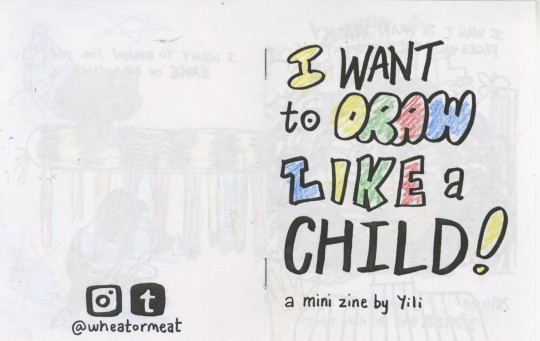
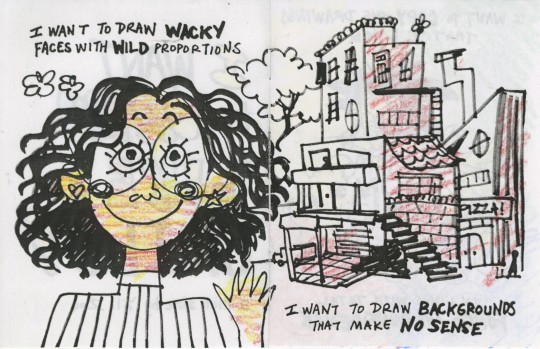

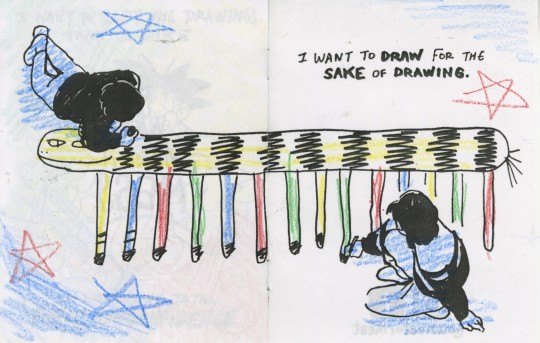
I made a little zine!
You can download and print it yourself for free here
76K notes
·
View notes
Text

Pol Bury. George Washington Bridge, 1967
2K notes
·
View notes
Text

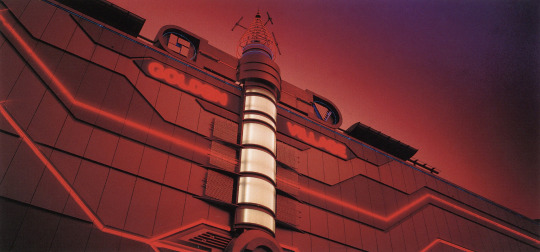
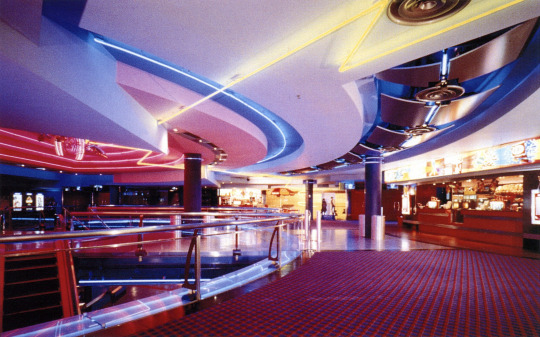









Golden Village Multiplex Yishun 10 - Singapore (1992)
Designed by Geoff Malone International (GMI)
"The detailing of the external cladding is reminiscent of the Kirin Building in Osaka by Shin Takamatsu, with meticulously constructed junctions of stainless steel and profiled cladding juxtaposed with lighting tubes. Unlike Takamatsu's monochromatic facade, however, the colours used in Yishun 10 are predominantly red, white and silver, with "splashes" of other primary colours—all evoke the excitement and magic of "a night at the movies". Interestingly, the Kirin Building houses a film institute and cinema buffs will recall it being used for location filming of the movie Black Rain.
A central two-storey atrium has numerous restaurants arranged around its perimeter at first-storey. The automated ticket office is located in this central space. An escalator and stair-cases give access to the spacious second-storey foyer and thence to the ten individual cinemas on the third storey. A stair-lift permits access to the disabled.
In the main foyer, aside from the functional planning, the architect obviously derived much pleasure from the task of designing the sculptural sci-fi light fittings and multi-coloured fluorescent tube lighting in an otherwise slightly dimmed interior. Floor lighting beneath laminated glass blocks and multiple television monitor screens, with constantly changing images, all contribute to the "escapism" that is an integral part of a visit to the cinema.
For a brief interlude, the cinema-goer is transported out of the HDB township and the frantic rush of economic activity into a world of fantasy, glamour and enchantment. The Multiplex is "both a centripetal and a centrifugal force" in the urban landscape; it attracts patrons from a wide catchment area and projects an image of a vigorous and enterprising new town. It is ironic that, until the early 1990s, cinemas in Singapore were closing down for lack of patronage and some were being converted to churches. Now we see not only a revival of the genre, but as exemplified in the Golden Village Multiplex Yishun 10, it can create a special urban focus."
Scanned from:
Singapore - Architecture of a Global City (2003)
Cinema Builders by Edwin Heathcote (2001)
Unknown magazine (I'll try to track this one down)
478 notes
·
View notes
Text




some linocuts. can't decide which ones I like better so I'll post both versions




9K notes
·
View notes
Text

Daniel Martin Diaz — Chrono (gouache, inks, oil paint, on birch wood, 2024)
1K notes
·
View notes
Text

Tia Keobounpheng — Who Do You Think You Are No. 8 (pencil, colored pencil, thread on wood, 2023)
4K notes
·
View notes




